Focused Group Discussion under World Health Organization's (WHO) supervision
INTRODUCTION |
|---|
A comprehensive study was initiated following a dental camp where children received examinations. The primary objective was to delve into the oral health requirements of these children and to garner insights from various teaches as well as the parents. This inclusive approach aimed to develop a sturdy and sustainable oral health program tailored for schools.
Initially, our team engaged with the children themselves. Through a series of questions, we aimed to assess the children's understanding and practices concerning oral hygiene. Questions were designed to explore their knowledge of brushing techniques, the importance of dental check-ups, and their awareness of the impact of diet on oral health. This face to face interaction provided valuable insights into the prevailing oral health practices among the children, giving us an idea about the areas that may require more attention or education. Additionally, it empowered the children by giving them a way to express their concerns and share their experiences, ensuring their voices were heard in shaping the future of their oral health care.
Following the discussions with the children, the study extended its scope to involve parents individually. Parents play the most important role in shaping their children's oral hygiene habits and overall health behaviors. Hence, they were approached separately to provide their perspectives and experiences. During these sessions, parents were not only asked questions but were also provided with guidance on various aspects of oral hygiene. This included advice on brushing techniques, the importance of regular dental visits, and strategies to promote healthy dietary habits among children. Moreover, these discussions served as an opportunity to address any misconceptions or concerns parents may have had regarding their children's oral health. By engaging with parents, the study aimed to foster a collaborative approach between home and school environments, ensuring a holistic and supportive framework for children's oral health promotion.
Lastly the teachers were approached separately to get an insight about the school curriculum and the integration of oral hygiene awareness in the school curriculum. Teachers also play a very important role in these children's lives as the students spend a good chunk of their day in schools with teachers. This also served as a collaborative approach between teachers and students.
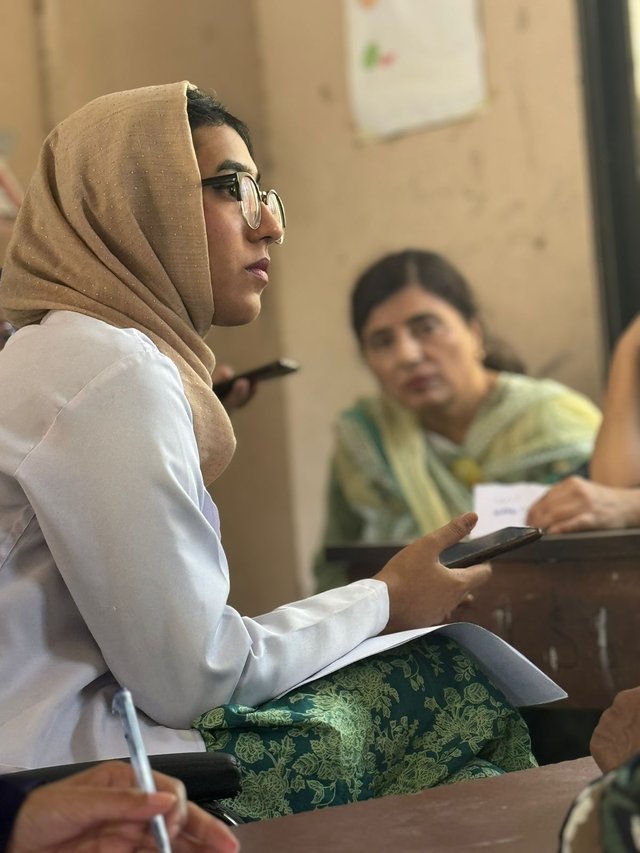
PURPOSE |
|---|
The focused group discussion served as a crucial platform to delve into the prevailing oral health landscape among schoolchildren. By gathering insights from various teachers, we aimed to gain a comprehensive understanding of the challenges and barriers that hinder optimal oral health practices among this demographic. These discussions were instrumental in shedding light on the multifaceted nature of oral health issues, ranging from inadequate access to dental care services to socio-economic disparities that impact children's ability to maintain good oral hygiene. Through open dialogue and exchange of perspectives, we sought to uncover hidden challenges and identify potential solutions to address them effectively.

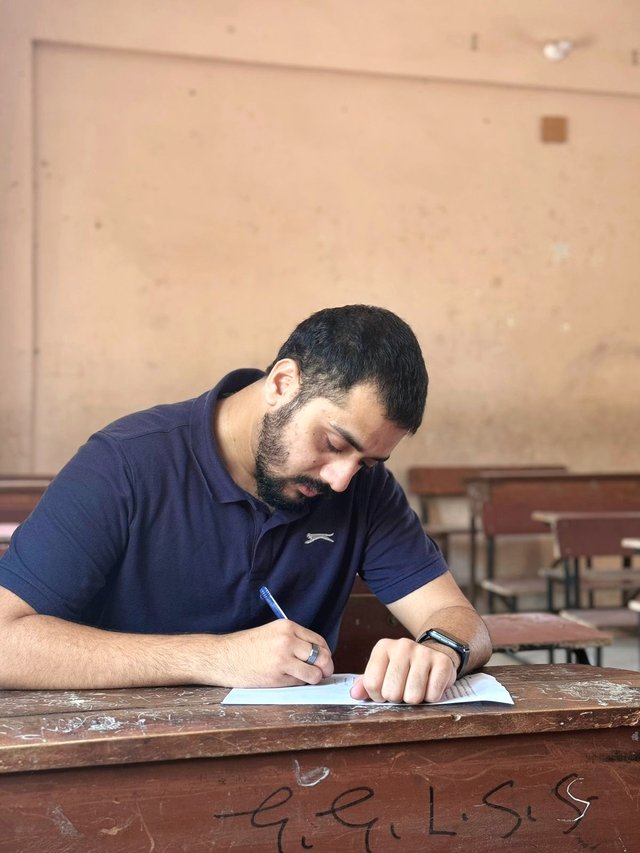

One of the primary objectives of the focused group discussion was to identify key priorities and opportunities for action in promoting oral health among schoolchildren. Recognizing the significant impact of poor oral health on children's overall well-being, academic performance, and long-term health outcomes, it was imperative to prioritize interventions that could yield the most significant benefits. By engaging with teachers, who play a pivotal role in shaping children's behaviors and attitudes, we aimed to leverage their insights and expertise in developing targeted strategies tailored to the specific needs of the school community. Through collaborative brainstorming and strategic planning, we aimed to identify actionable steps that could be implemented within the constraints of a government-based primary school setting, where resources may be limited compared to private institutions.
Moreover, through focused group discussion, we want to pave the way for the development of a sustainable and evidence-based oral health promotion initiative. By integrating multidisciplinary perspectives, existing resources and expertise within the school community, we aimed to design a program that could address the root causes of poor oral health and instill lifelong habits for good oral hygiene. This initiative was particularly important for government-based primary schools that may lack the resources and infrastructure enjoyed by their private counterparts. Through innovative approaches and community engagement, we sought to bridge the gap in oral health disparities and empower schoolchildren with the knowledge and skills needed to maintain healthy smiles for years to come.

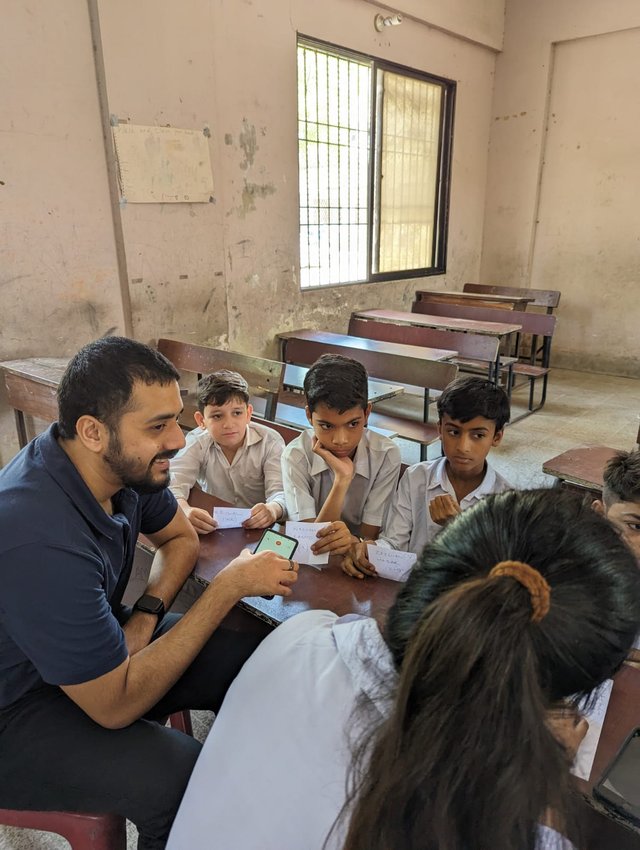

PROCEDURES |
|---|
The initial step in this process was the distribution of consent forms to the students a day prior to the discussions. These forms were to be signed by their parents, granting permission for their children to participate. Only those students who returned with signed consent forms were eligible to take part in the focus group discussions.
On the day of the discussions, the selected students were gathered along with their parents and a team of professional dentists. The inclusion of these dentists was crucial as it provided an expert opinion to the conversation, allowing for immediate clarification of any technical or medical aspects that arose during the discussion. The entire session was orchestrated under the guidance of a trained researcher who moderated the discussion to ensure it stayed focused and productive. This researcher was experienced in conducting such group discussions, adept at fostering a conducive environment for open and honest dialogue, and skilled in navigating the conversation to cover all necessary topics within the given timeframe of approximately 45 to 60 minutes.

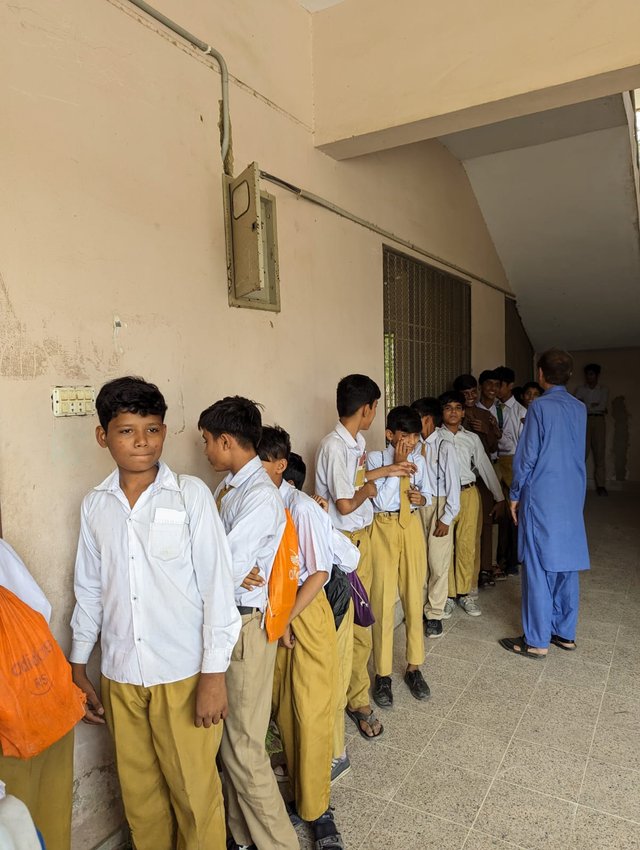 | 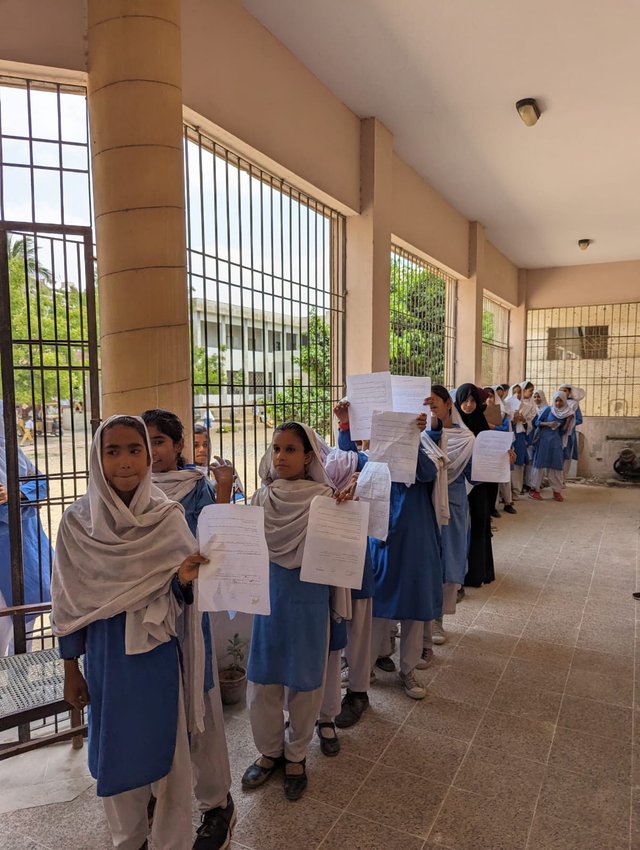 |
|---|

The questions posed during the discussion were strategically designed to cover several critical areas. Firstly, the students were asked about their current knowledge and practices concerning oral health. This included their daily routines, understanding of dental hygiene, and awareness of the importance of oral health. Such questions helped to gauge the baseline knowledge among students and identify common practices or misconceptions.

Examples of Questions asked to students |
|---|
How many times do you brush in a day?
What are your usual snacks for a day?
Do you know what a mouthwash is?
What do you know about Oral Hygiene?
What are your suggestions on improving one's oral hygiene?
Do you know the difference between good food and bad food?
- Do you know what flossing is?

Next, the discussion explored existing school policies and activities related to oral health. The objective was to understand what measures, if any, were already in place within the school to promote dental hygiene and prevent oral health issues. This part of the conversation also aimed to evaluate the effectiveness of these policies and activities from the students' perspective, providing insights into areas that might require improvement or reinforcement.

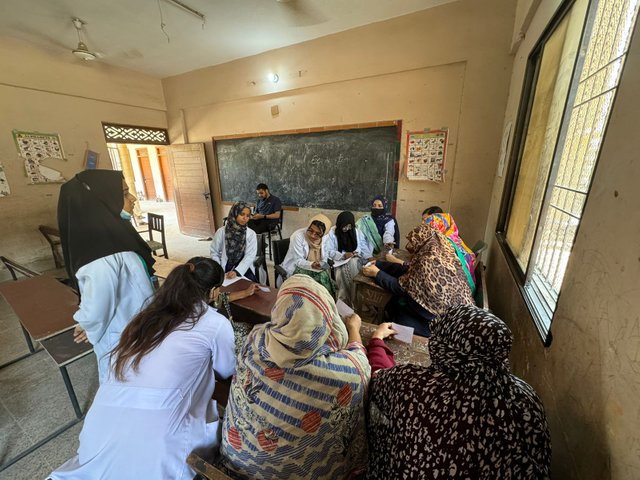

The conversation then shifted to perceived challenges. Students were encouraged to voice any difficulties they faced in maintaining good oral health. This could range from personal challenges, such as lack of access to dental care products at home, to broader issues, such as inadequate facilities or support within the school environment. Identifying these challenges was vital for developing targeted interventions that could address specific barriers to good oral health practices.
Finally, the discussion touched on potential programs that could be introduced to enhance oral health among students. This part of the dialogue was particularly interactive, with students being invited to suggest ideas and provide feedback on proposed initiatives. The goal was to generate a list of feasible and impactful programs that could be implemented to improve oral health awareness and practices within the school community.
In addition to the student discussions, separate focus group sessions were held for teachers and parents. This approach ensured that all voices were heard and their perspectives considered. Teachers provided insights into how oral health education was integrated into the school curriculum and their observations of students' dental hygiene habits. Parents, on the other hand, shared their views on the support and resources needed at home to reinforce good oral health practices learned at school.

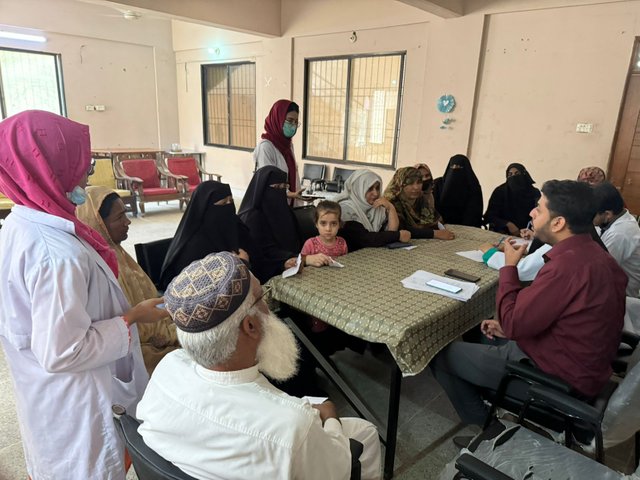

Each of these sessions was tailored to the specific group, ensuring that the questions and discussion points were relevant and elicited valuable information. By conducting these separate discussions, the research team was able to gather a holistic understanding of the current state of oral health knowledge and practices, as well as the challenges and opportunities for improvement. This comprehensive approach was instrumental in developing well-rounded, effective oral health programs that cater to the needs of students, teachers, and parents alike.

CONCLUSION |
|---|
Working in the public health sector in a country like Pakistan involves significant challenges, particularly in ensuring that children receive basic necessities. Continuous and dedicated efforts are required to address these issues. As dentists and researchers, we are committed to developing a program specifically for underprivileged public sector schools. Our goal is to ensure that health care, a fundamental right, is accessible to all children. Working in the public health sector in Pakistan is a daily struggle, with minimal support from private institutions or the government. Our efforts are often self-funded, and many team members, including dentists, are underpaid or receive no compensation at all. Despite these challenges, we remain committed to our mission. I appeal to the global community to support our work, helping us make the world a better place for everyone.
Regards,
Dr. Huzaifa Naveed
cc: @steemcurator01
Why have you tagged @steemcurator01?
Hey, I'm glad that you asked me question. I usually don't do this, and you won't find me doing this specific task again hopefully but this time I tagged the account intentionally. It doesn't look or sound good to be publicly called out by the Steemit team for tagging them in a post, and it's not something I advocate.
So, why did I tag the sc01 account? If you read the article to the end, you'll see that our public health team is in dire need of support and funds for our outreach programs as I have mentioned. We've conducted six outreach programs in less than a month, and none of the dentists were paid a single penny. It's not that I expect you or anyone else on this platform to pay for my team, but we need to purchase mouthwashes, toothpastes, medicines, toothbrushes, and other oral hygiene supplies to distribute to children. Honestly, our funds are dwindling right now. I was really conflicted about whether or not to tag the sc01 account, but I ultimately decided to do it. Trust me, it doesn't feel good to be called out in front of hundreds or thousands of people, but I had to do what I thought was necessary, and I apologize for that. It was a desperate move, as I had promised my team that I'd be able to help them financially through Steemit. No one owes me anything its true, but we turn towards our people when in need..
These are the items that we have to purchase for each outreach program:
Instead of this comment, I should have mentioned this in the post itself, it'd have been more convenient for you, I know. We work in extremely rough conditions, at times we work in places where there are no fans, no electricity or a lot of things that come under basic necessities. The purpose of attaching these photos is to let the world know that I am not carrying out any fraudulent activity and remain as transparent as possible. I hve carried out numerous charity programs on Steemit in the past as well.
I hope this clarifies why I tagged steemcurator01.
Regards
Hope these votes will help fund your work for a while.
#helpingwithsteem
This was very unexpected for me. I'm lost for words honestly, you've made things a bit easier for us. I'll post about our next outreach program here on my profile. Thank you.
You doing a great job brother.Keep it up.
this is healthy discussion brother. Very nice I like it.
Thank you so much Kyrie
Semoga apapun yang anda lakukan bisa membuat manfaat kepada seluruh orang yang memerlukannya